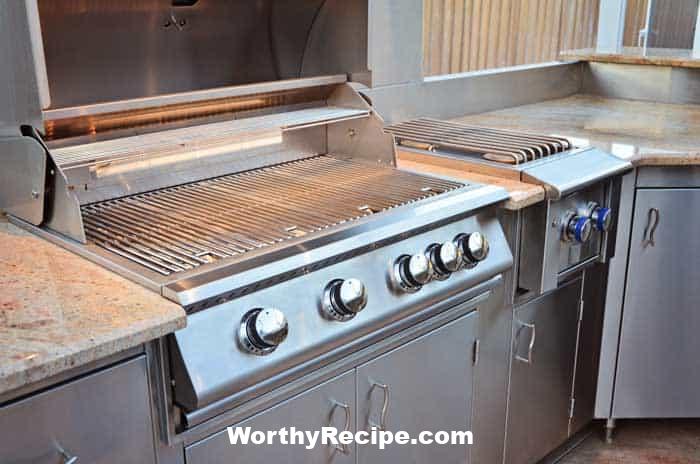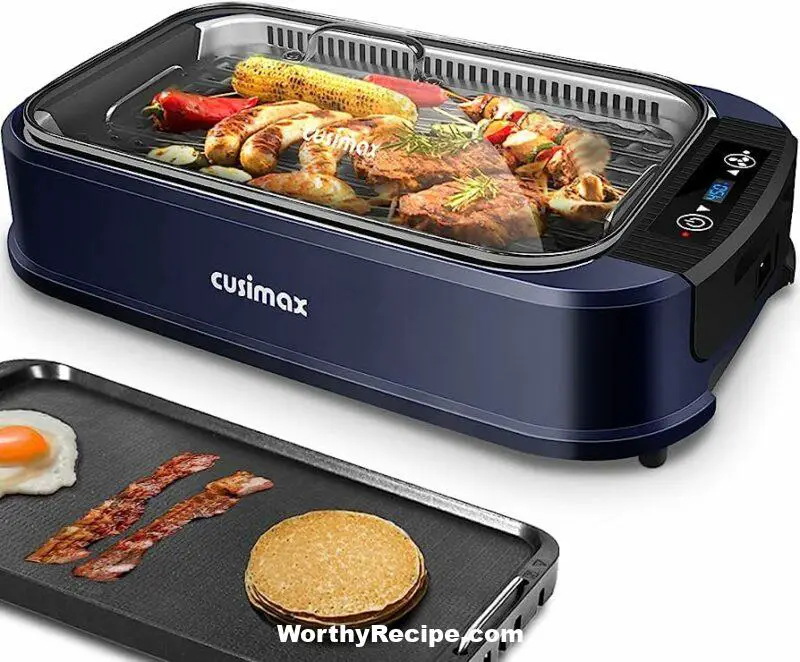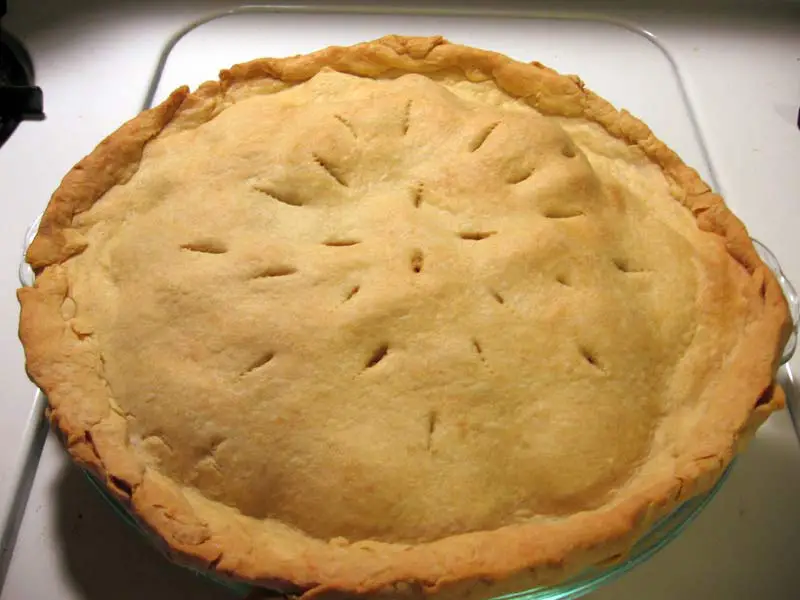Why Do Built-In Grills Cost More?
A built-in grill is a permanent outdoor cooking fixture that is often installed into an outdoor kitchen or patio. Unlike freestanding grills, built-in models are designed to be integrated into an existing space, providing a seamless aesthetic appeal that enhances the outdoor living experience. Although built-in grills come at a premium price point, homeowners continue to invest in these high-end appliances due to their style, durability, and overall performance.
The Cost of Built-In Grills
Compared to traditional freestanding grills, built-in models tend to cost significantly more due to a variety of factors such as materials, design considerations, installation requirements, and performance features. Depending on the brand and level of customization required, built-in grills can range from several thousand dollars to tens of thousands of dollars.
- Comparison of built-in grills to other types of grills: When comparing built-in grill prices to other types such as freestanding or portable models, it’s important to keep in mind that the materials used for construction and performance features are significantly different. Built-in models tend to be made from high-quality stainless steel that is designed for durability and longevity even in extreme weather conditions. On the other hand, portable or freestanding models are often made with less expensive materials designed for mobility.
- Price range of built-in grills and factors affecting cost: The price point for a quality built-in grill ranges between $2,000-$5,000 for a standard model that offers various cooking options. A luxury model with added features such as rotisseries, infrared burners can extend up to $10,000 or more depending on the consumer’s preference and the manufacturer’s warranty.
Design Costs
The design and aesthetics of a built-in grill play a large role in determining its cost. Top-tier manufacturers invest heavily in research and development to create products that appeal to homeowners concerned with premium design features and functionality. Some customization options include different colors, styles, finishes, and additional features. All of these features come at an additional cost for the manufacturer which ultimately reflects in the product’s price point.
- Research and development costs for manufacturers: Since built-in grills require a lot of precision in their designing process, and the exact dimensions need to be used to fit them perfectly into an outdoor kitchen or patio area. These measurements as well as the overall design require a high level of engineering expertise causing manufacturers to pour huge investments into this area.
- Customization options for buyers and the cost implications: Many manufacturers take customization requests from customers looking to have a built-in grill that is unique to their outdoor living space. Customization requests usually involve design changes or added features such as extra burners or an integrated sink. All these added customization options will definitely cost more.
- Material costs: The use of high-quality material and designs makes built-in grills stand out from other types; however, it comes at a higher price point cost-wise. Higher quality stainless steel and advanced burner systems are used during production, resulting in lesser food sticking, improved heat distribution, and less flare-up.
Installation Costs
The installation process of built-in grills involves several factors, which increase the total installation cost compared to freestanding models. One major factor is that they typically require more effort on installation since they need to be fitted into an outdoor kitchen with minimum circulation space. Additionally, outdoor kitchen construction requires the installation of gas lines, electrical wiring, and countertops adding further cost to the product’s price.
- Hidden costs such as gas line installation, outdoor patio construction, and electrical wiring: These requirements add to the entire installation cost. There is an additional cost when extending the home’s utility line to the outdoor kitchen area. This means that in some areas, building codes must be met or provincial regulations adhere to meaning further expenses incurred.
- Hiring a professional installer vs. doing it yourself: While it might be tempting for homeowners to attempt self-installation as a way of saving cost, professional installation is highly recommended. Built-in grills always need to be expertly installed by professionals who specialize in outdoor kitchen installation services. Homeowners should seek out reputable dealers, architects with knowledge of building regulations when hiring such services.
Maintenance Costs
Built-in grills often require more maintenance than freestanding models due to their complex design and intricate placement in an outdoor patio or kitchen setting. As part of their design, built-in models have more features that support cooking ergonomics and reduce flare-up leading to better tasting barbecue food but require a little more cleaning after use which can increase overall maintenance costs. As a result, replacement parts and service costs could increase over time.
- Upkeep and cleaning requirements for built-in grills compared to other types of grills: Built-in models are usually larger than freestanding ones, which often translate into extra grilling space and storage areas, making them attractive options for lots of homeowners. However, they do require considerably higher maintenance than freestanding types. Built-in units tend not to take up as much space; therefore, their cleaning process is more rigorous and time-consuming.
- Replacement parts and repair costs: While built-in grills are made of high-quality durable materials, they will eventually wear out. When this happens, the cost of replacement parts and repair can add up. For instance, advanced burners or hot plates will need more attention, and frequent replacement compared to a freestanding model. This could lead to additional expenses in the long run.
Aesthetic Appeal
Built-in grills are often viewed as a high-end appliance that enhances the overall outdoor living space’s style and comfort. They are usually installed into custom-made cabinetry or countertops, making them cohesive design elements that complement the surrounding fixtures within your outdoor living space. Incorporating other appliances that fit into the same space enhances further convenience and elegance making it more satisfying.
- The value added to the outdoor space by having a built-in grill installed: The addition of a built-in grill in an outdoor kitchen or patio creates an inviting area for dining and entertainment as you reap benefits of gourmet tasty meals with loved ones on your beautiful patio area. Furthermore, it enhances value for resale purposes should there be plans to sell in the future.
- Home resale value considerations: As homebuyers continue to place high importance on outdoor living spaces for leisure occasions with families or friends, having a built-in grill adds value to a property’s resale prospects. Built-in models can increase a home’s value slightly compared to freestanding types because it adds spice to the overall aesthetic appeal of the outdoor living space!
Performance Factors
Built-in grills tend to cost more than other types because they come with advanced features that enhance their performance and cooking experience. These added features contribute to the appliance’s overall quality, durability, and resistance to wear and tear under extreme cooking conditions. In general, built-in grills come with better temperature regulation, improved heat distribution, and larger cooking areas, which all lead to an enhanced cooking experience.
- Rating systems for quality in built-in grills: There are several rating systems used for measuring the quality of built-in grills, such as the BTU (British Thermal Units) rating that gauges the grill’s heat output per hour. Other factors include temperature range, flame control capability, fuel efficiency ratings, and construction materials quality.
- How performance affects cost: Appliances with better performance features tend to command higher pricing due to increased production costs. For example, a model with precise temperature control and larger cooking surfaces will be more expensive than a basic model without these features.
Warranty Coverage
The warranty coverage is an important consideration when purchasing a built-in grill since it protects buyers from defects in manufacturing or materials within a specific time frame. A warranty can vary in length depending on the manufacturer and product being covered.
- Types of warranties available: Built-in grills come with different warranties ranging from specific part replacements or coverage of workmanship error. The most comprehensive warranties will cover multiple parts of the appliance. However, consumers should always ensure they understand what the warranty covers before making a purchase.
- Warranty length and what it covers: Typically, warranties for built-in grills range between one to ten years or longer depending on the manufacturer’s specifications. It is imperative to read through warranty documents before purchasing since some manufacturers include caveats that may seem subtle but end up affecting what you can or cannot claim if a problem arises with the appliance.
Brand Names
In the built-in grill market, premium brands such as Lynx, Weber, and Viking are often known for their high-quality products with advanced features. These brands have built a significant reputation over time, giving consumers an assurance of performance, quality, and reliability. Other manufacturers offer standard models that come at lower prices, while still providing good features and functionality for budget-conscious shoppers.
- Perception of premium brands in the built-in grill market: Homeowners who prioritize luxury and aspire to create an upscale outdoor living space endeavor to buy premium brand models due to their superior quality and performance. The popularity of premium brands is influenced by factors such as product research and development, innovative features, customer service experience and brand reputation.
- What makes these brands stand out? Manufacturers who produce high-end models have inspired confidence in their customers’ minds by providing top-notch after-sales support services. They also distribute high-standard warranty coverage as part of their pre-sales services which enhances customers’ loyalty to the brand. Furthermore, these premium model manufacturers provide value-added resources online such as blogs that discuss tips on outdoor patio designs or on the best barbecue recipes for summer days or simple FAQ sections that provide answers to frequently asked questions. All these added resources further make the purchase of these models an appealing decision.
Conclusion
Overall, built-in grills tend to cost more than other types due to design costs, installation requirements, performance factors upkeep costs, aesthetic appeal, brand positioning among other reasons. As a homeowner looking to incorporate an outdoor kitchen into your existing style preferences and budgets should be taken into consideration during research before settling on one model. While built-in grills may require a significant investment, they provide a wide range of advantages that make them worth considering for homeowners looking to create an upscale outdoor living space.
1. What makes built-in grills more expensive than freestanding grills?
Built-in grills are designed to seamlessly blend into your outdoor living space, which means they require additional materials and labor for installation. Additionally, they often come with more advanced features, higher-quality materials, and a longer lifespan than freestanding grills.
2. Are built-in grills worth the extra cost?
If you value the aesthetic appeal of your outdoor living space and enjoy entertaining guests with delicious grilled meals, then a built-in grill may be worth the investment. They are typically made with high-grade stainless steel and offer more cooking power than freestanding grills.
3. Can I install a built-in grill myself to save money?
While it is possible to install a built-in grill yourself, it is not recommended unless you have experience with plumbing and electrical work. Improper installation can lead to safety hazards, costly repairs or replacements down the line, and even invalidate the manufacturer’s warranty.
4. How can I get the best value for my money when purchasing a built-in grill?
To get the most bang for your buck when investing in a built-in grill, look for models that offer useful features like multiple heating zones, infrared burners, and easy-to-use ignition systems. It’s also important to consider durability, warranty coverage, and brand reputation when making your final decision.







